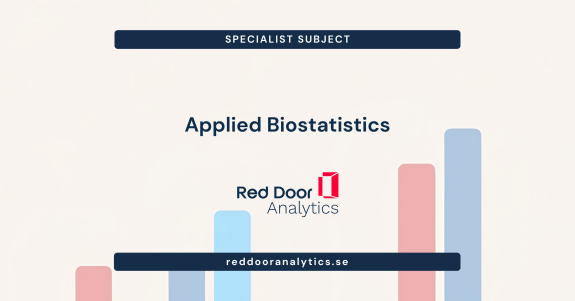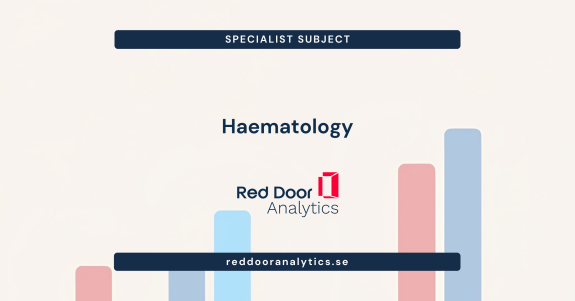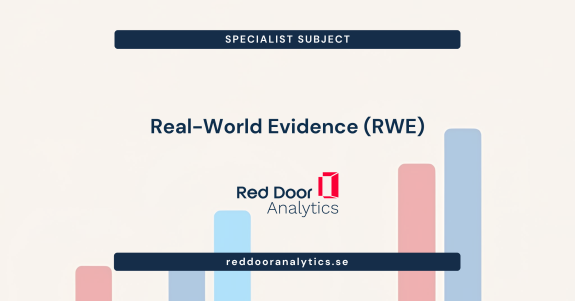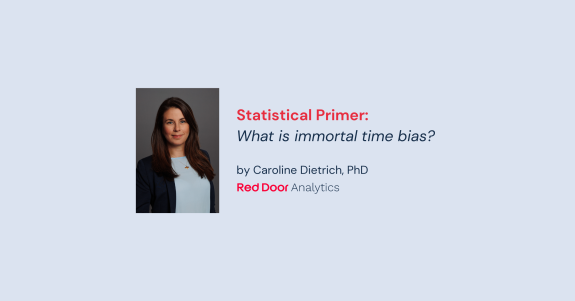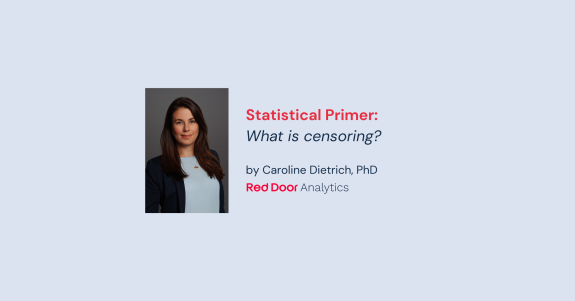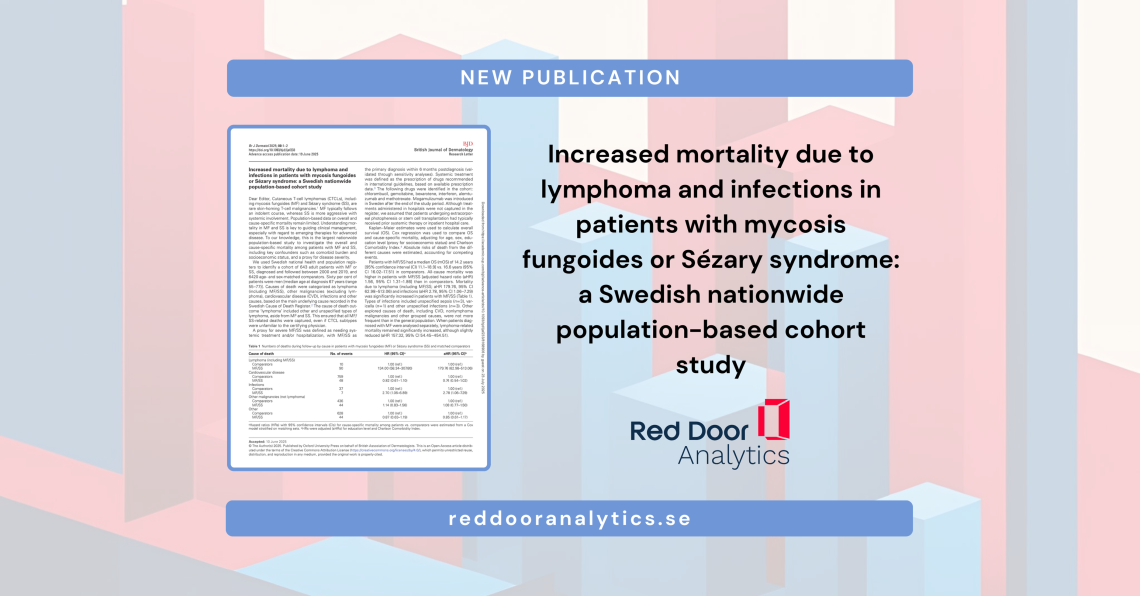
In our latest publication, we used Swedish register data to investigate real-world outcomes in patients with mycosis fungoides or Sézary syndrome. These are two types of cutaneous T-cell lymphomas, a very rare group of malignancies that affect approximately 8 in 1 million people each year—making this a particularly challenging disease to study (Cai et al., 2022). The current study includes data on 643 adult patients with mycosis fungoides or Sézary syndrome, providing valuable insights into real-world outcomes for this patient group. Check out the interview below with Sara to hear her key takeaways from the study.
Three Questions to Sara
What was the most interesting part of this project for you?
The most interesting part of this project was studying a rare and clinically heterogeneous patient group for which previous high-quality, population-based data is limited. Using the comprehensive Swedish national registers helped address this gap. One challenge was to develop a proxy for disease severity as information on TNMB staging was not available in the registers.
You used a cause-specific Cox model in this study. Many researchers still use the Fine and Gray model in the competing risk setting. Could you briefly explain why you decided against the Fine and Gray model?
The Fine and Gray model is used to test differences between cause-specific cumulative incidence functions by analyzing sub-distribution hazards. However, these sub-distribution hazards are not linearly related to the cumulative incidence function and therefore cannot be directly interpreted as ratios of cause-specific cumulative incidences. As a result, they lack a clinically meaningful interpretation. Additionally, a simulation study showed that the Fine and Gray model may exhibit undesirable statistical properties in certain settings (Austin et al., 2021).
We presented cause-specific hazard ratios because they are more suitable for understanding etiological relationships. Additionally, they provide the essential components needed to calculate the cumulative incidence function in the presence of competing risks which are valuable for risk communication.
What is the key takeaway from this publication?
The key takeaway from our publication is that lymphoma is the leading cause of death in patients with mycosis fungoides or Sézary syndrome, especially among those with severe disease. Although infection-related mortality in this patient population is relatively low in absolute terms, it is higher than in the general population, highlighting the need for proactive infection management. Our study also underscores the clinical heterogeneity in this patient population, as mild cases tend to have much better outcomes. Overall, our findings stress the importance of early risk stratification and supportive care to improve outcomes in patients with mycosis fungoides or Sézary syndrome.
Publication details
Ivert LU, Ekberg S, Smedby KE, Brauner H. Increased mortality due to lymphoma and infections in patients with mycosis fungoides or Sézary syndrome: A Swedish nationwide, population-based cohort study. British Journal of Dermatology 2025: (in press).



